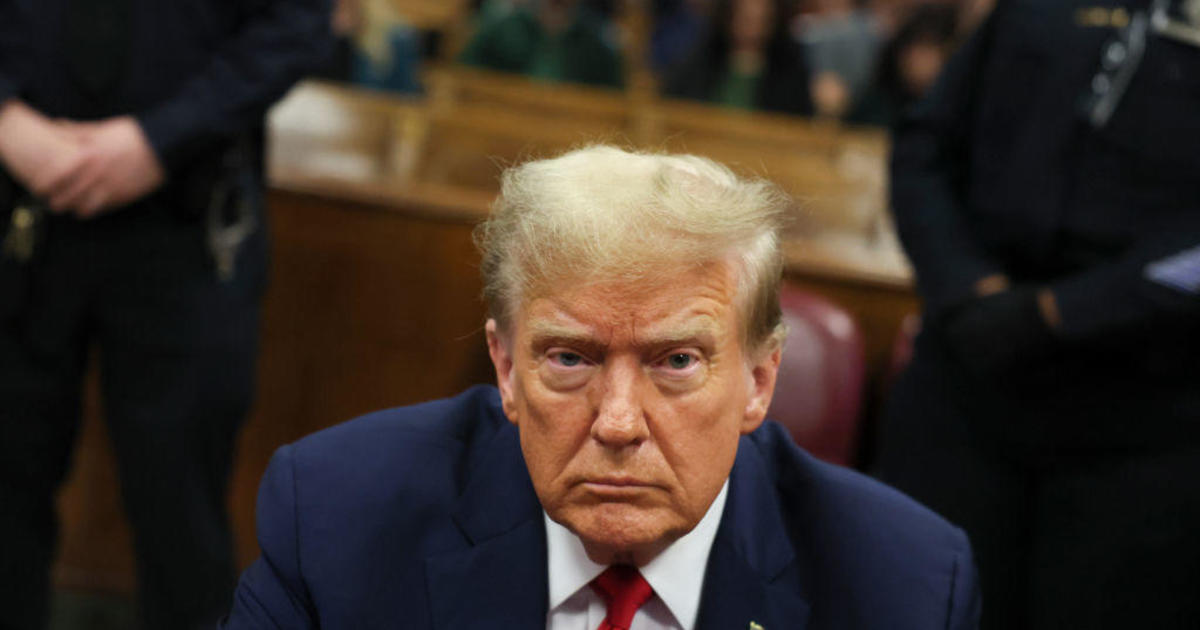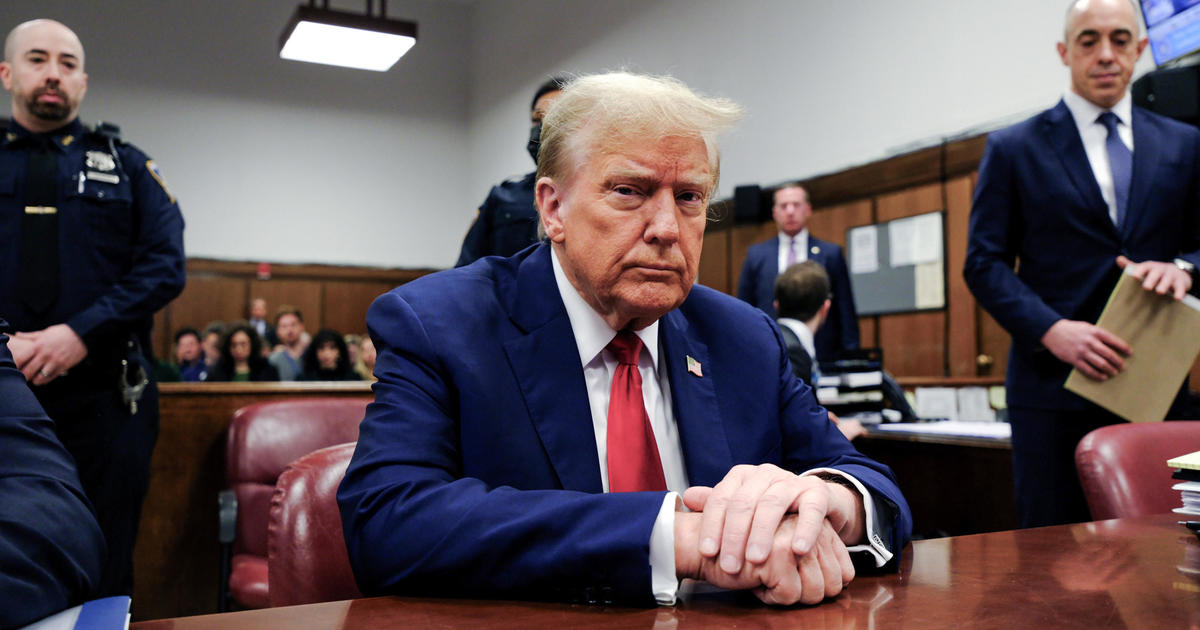Wall Street's Trump rally is ignoring warning signs
U.S. stocks pushed to new records yet again on Tuesday -- the sixth-straight gain for large-caps -- as the long post-election “Trump-flation” uptrend remains undisturbed. It has been nearly 90 days in a row without so much as a 1 percent drop, nearly 50 days without a 1 percent close-to-open gain or loss and more than 40 days without a 1 percent intra-day swing.
No wonder realized market volatility has dropped to the lowest level in 10 years. Or that the S&P 500 stock index’s market capitalization pushed past $20 trillion this week.
The market is exceedingly quiet and complacent. But beneath the surface, warning signs remain from narrow breadth, extended sentiment, rising rate hike odds and some ominous market history patterns.
What’s motivating the uptrend? A combination of optimism about the tax reform promises from President Donald Trump, a stronger-than-expected fourth-quarter earnings season and a surprisingly strong iPhone 7 sales performance by Apple (AAPL) that allayed fears of a slowdown in smartphone demand.
Other catalysts include, somewhat counterintuitively, a recent rise in long-term interest rates related to rising expectations of a March rate hike from the Federal Reserve and evidence inflation pressure is heating up.
In her regular semi-annual testimony to Congress, Fed Chair Janet Yellen said incoming data suggests the labor market continues to tighten and inflation is moving toward the Fed’s 2 percent target. As a result, she admitted it would be unwise to wait too long to hike rates again.
Her sentiment was echoed by Atlanta Fed President Dennis Lockhart’s comment that he could be persuaded into supporting three quarter-point hikes this year (there have only been two so far since tightening began in December 2015); by Richmond Fed President Jeffrey Lacker saying rates need to rise more quickly than markets now seem to expect; and by Dallas Fed President Robert Kaplan’s comment that rates should be hiked sooner rather than later.
That’s boosting bank stocks in a big way, with the Financial Select SPDR (XLF) up more than 2.3 percent over the last two days. But outside of stocks like Goldman Sachs (GS) and Apple, investors don’t seem to like many others. Perhaps that’s a reflection that higher interest rates overall will have a dampening effect on the economy and earnings growth.
Breadth narrowed again on Tuesday, with just 109 net advancing issues on the NYSE, a drop of 81 percent from Monday’s result. Not exactly a shining beacon of confidence on a day stocks hit new highs because this reflects very narrow and focused buying interest. That’s the type of buying seen during periods of short-covering and momentum-following typically seen near market tops.
Jason Goepfert at SentimenTrader noted that when all four major stock averages hit new highs in unison, since 1980 large-caps have tended to struggle in the three months that followed. They posted an average gain of just 0.3 percent vs. a gain of 2.4 percent for any random three-month period.
And on valuation, the S&P 500’s price-to-book ratio is at its highest level since 2004.





